After years of rumours and premature reports galore, the demolition of Tokyo’s iconic Nakagin Capsule Tower is sadly now underway. Completed in 1972, the building was, and has remained, a striking example of Japanese metabolism. An architectural first, its 140 capsules — measuring 2.5 m by 4.0 m with a 1.3 metre diameter window — were all designed to be removed, allowing them to be individually replaced over time so they could evolve in accordance with societal changes and trends.
The problem was that never happened, meaning the capsules, and indeed the tower itself, slowly fell into disrepair. Leaks and serious decay were visible everywhere, and even the hot water has been shut off since 2010, forcing residents to use shared, on-site portable shower units. In reference to this, the two first and last shots below were taken a week ago when demolition was already underway, but the interior photos are from a decade ago, and the decline was very obvious back then.
Needless to say there have been campaigns to save it over the years, along with numerous calls for donations, but the Nakagin’s demise always seemed inevitable as the cost of repairs would have been nothing short of astronomical. Yet as impractical as living there must have been in many ways, it was a truly special structure, and there’s no doubt whatsoever that Tokyo will be a less interesting place without it.
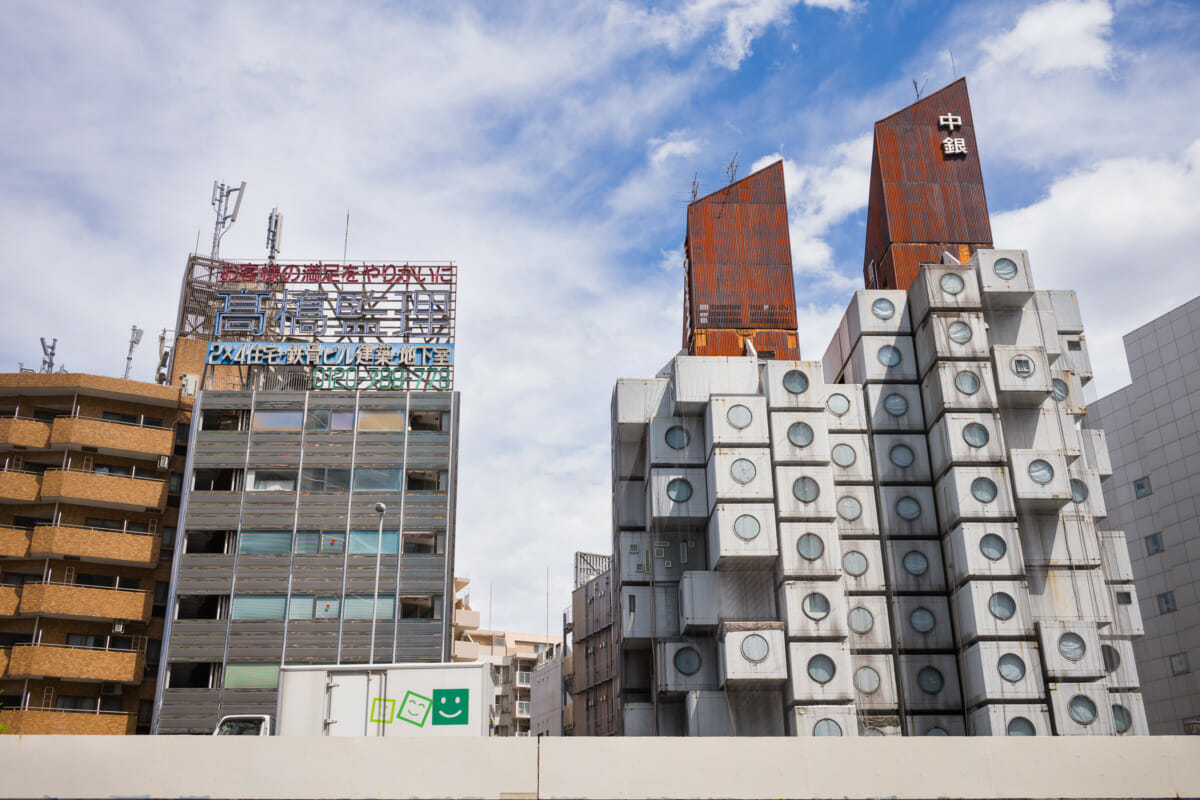
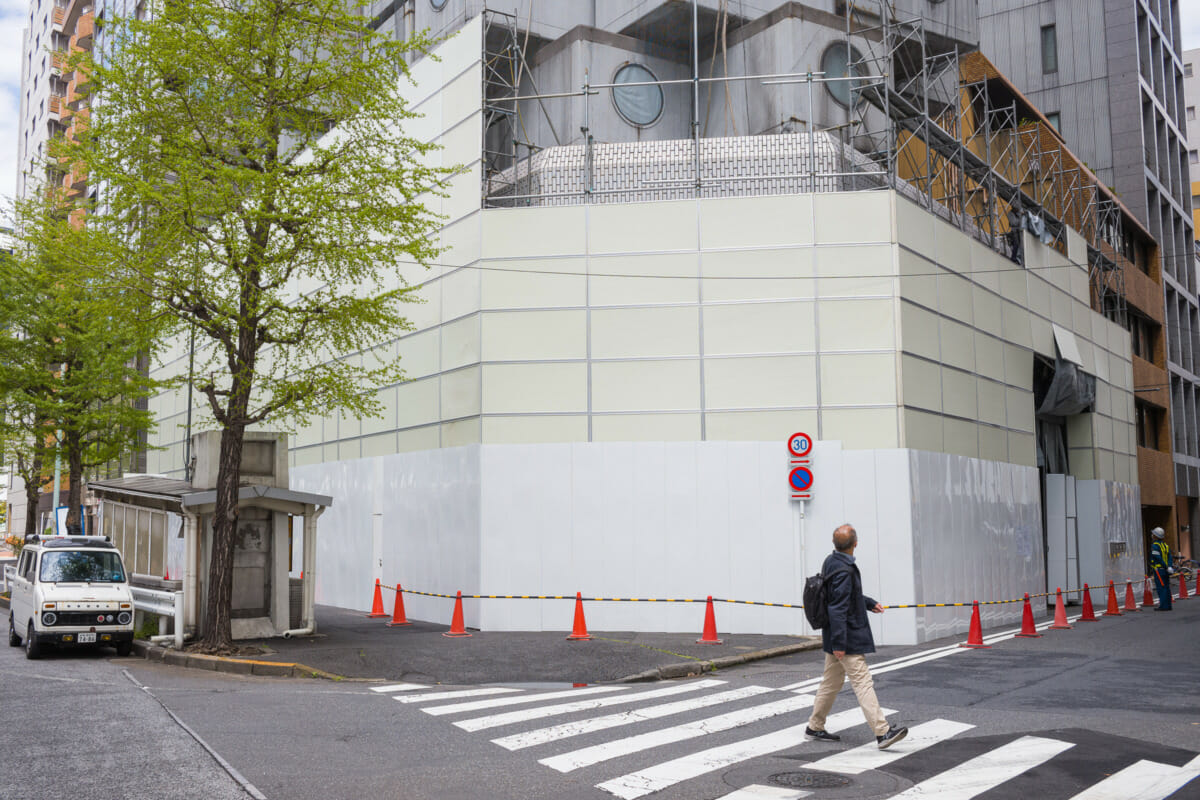

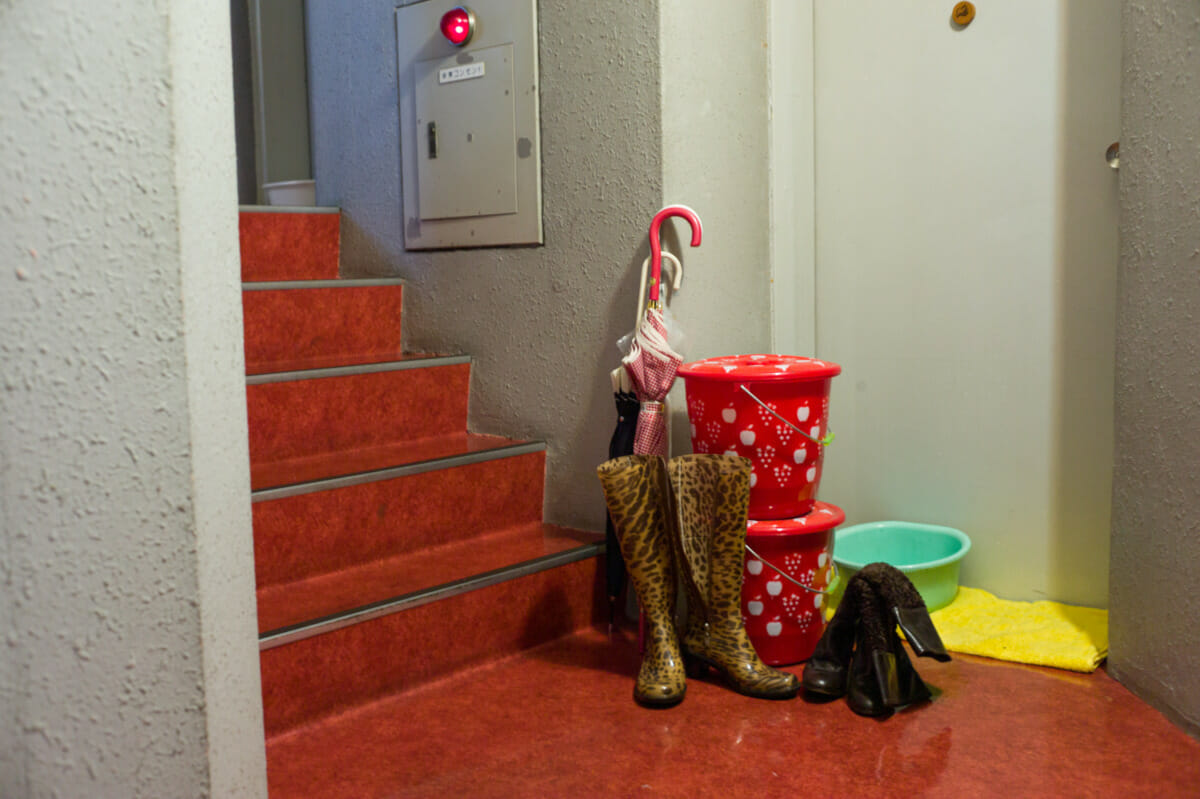

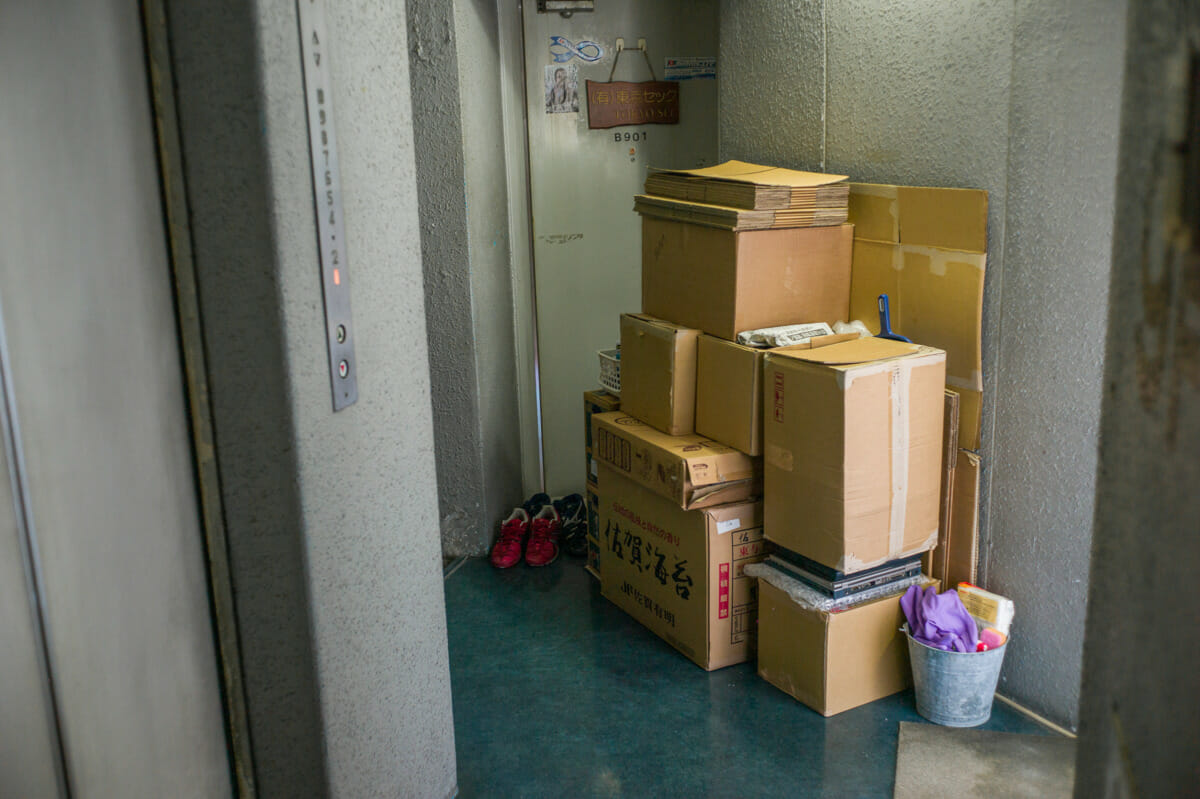
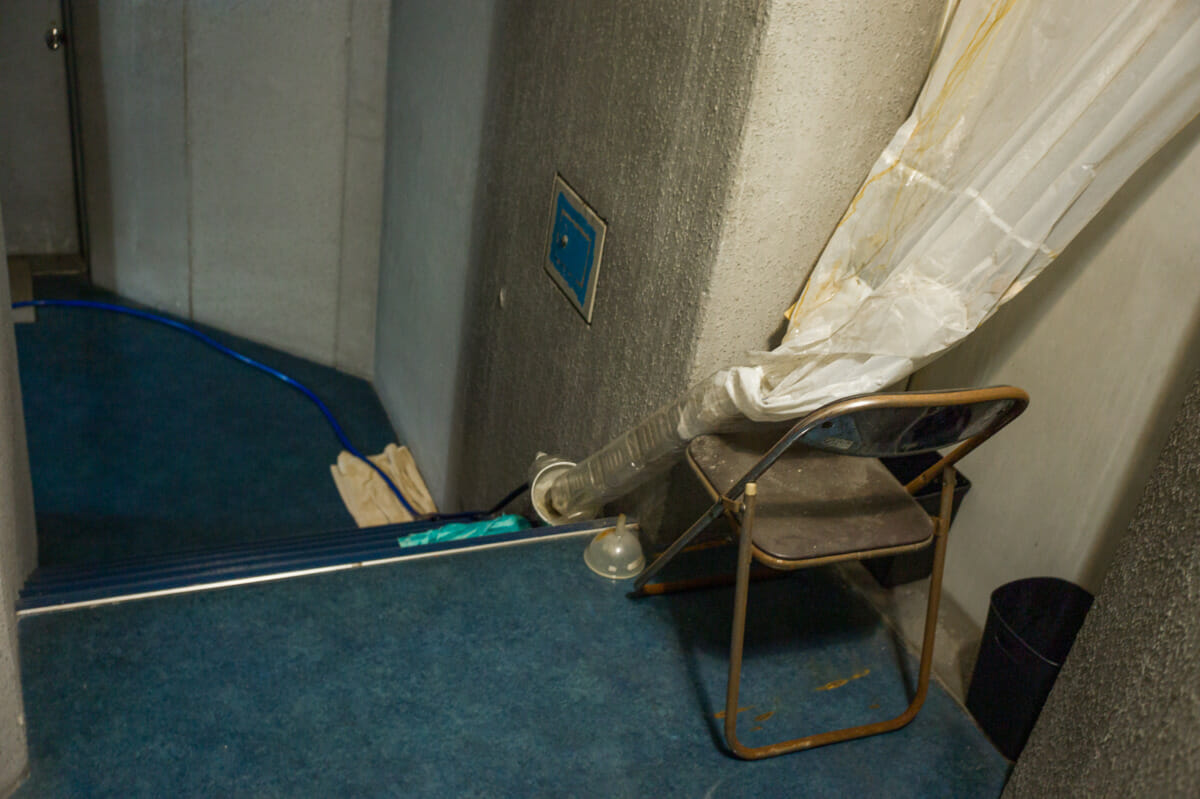
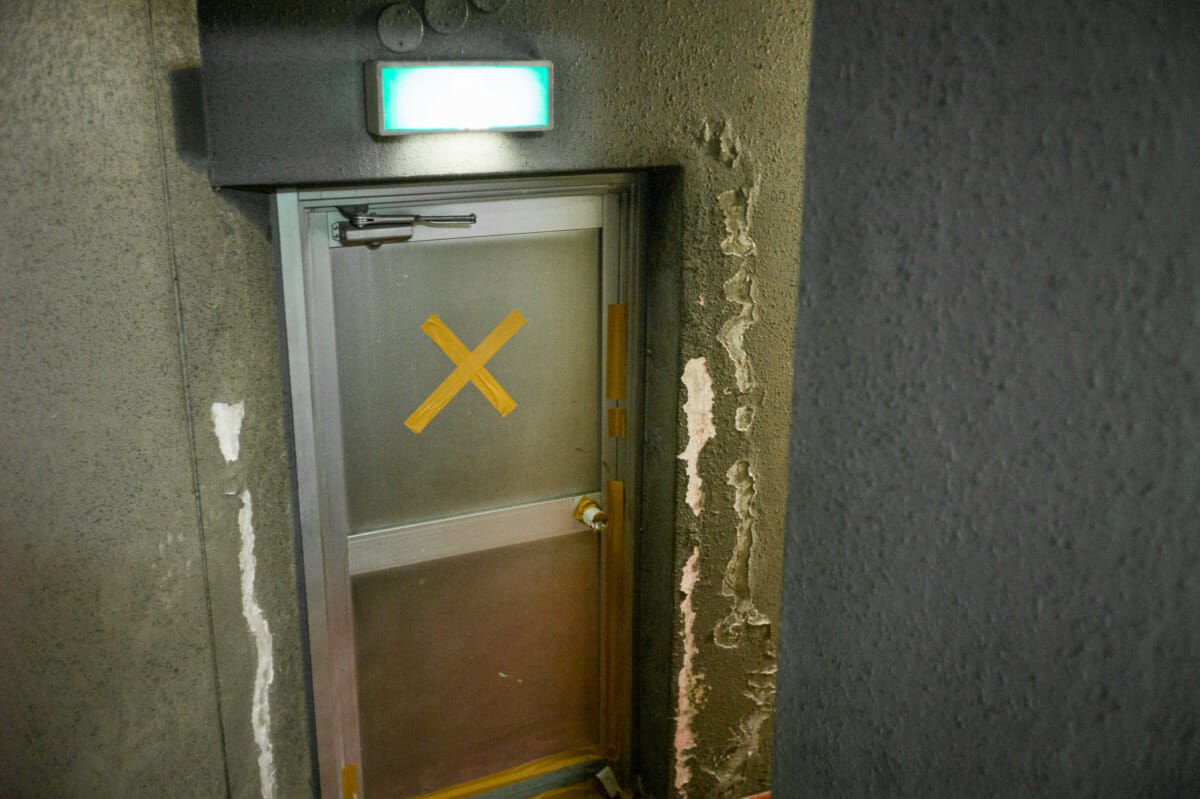
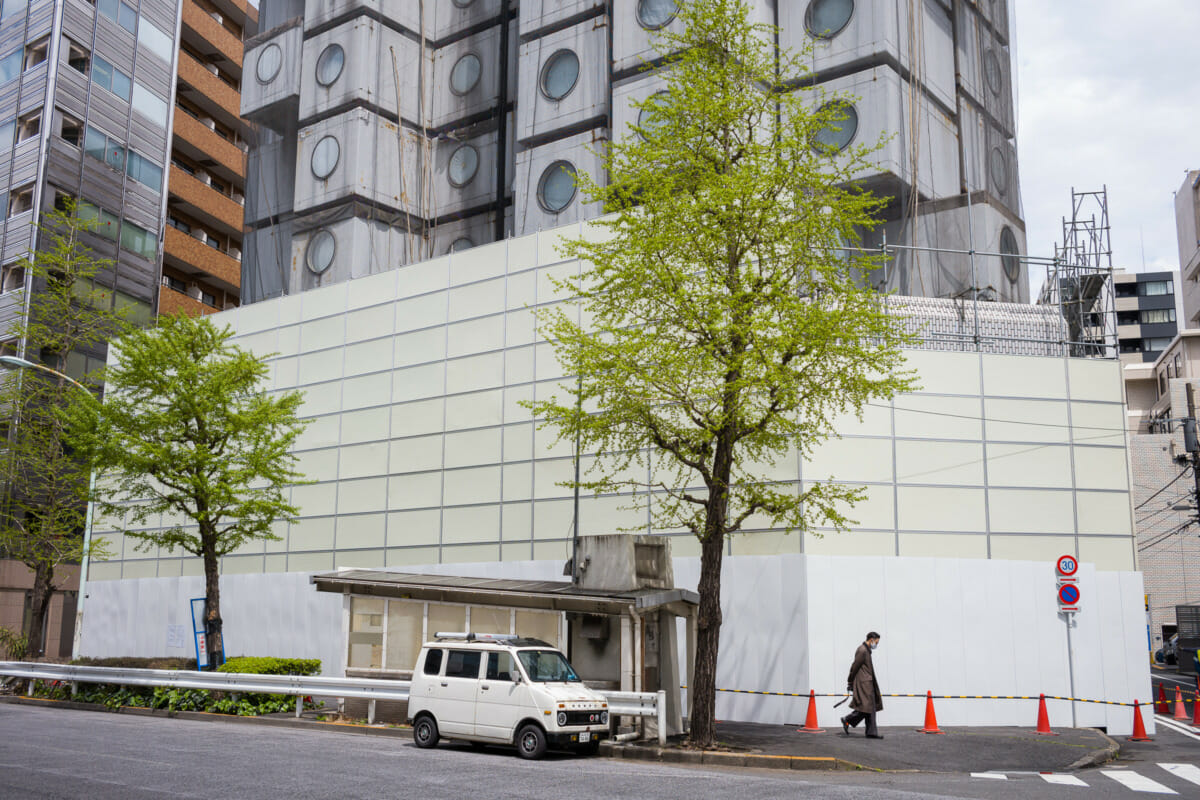
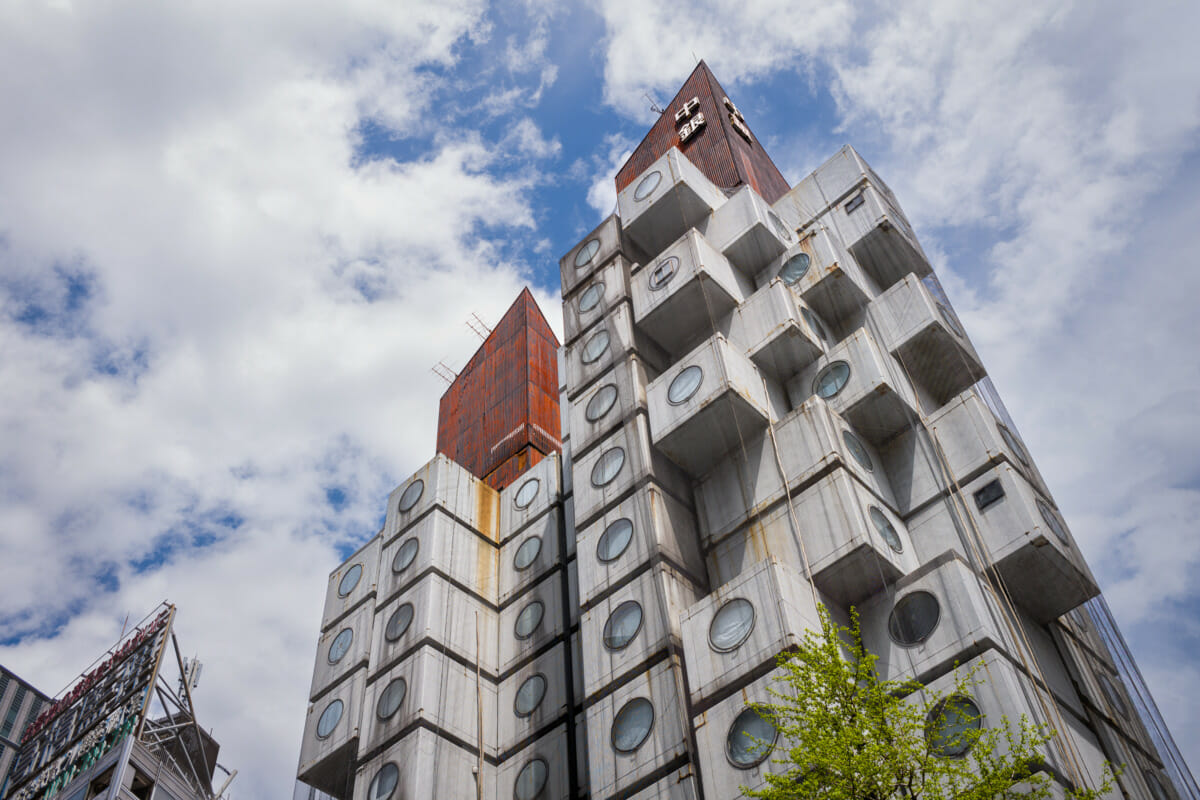
Sean says
Photo 3. Wow! So sad. I always wanted to visit.
Lee says
Cheers. I wasn’t comfortable at all taking that. Very wobbly legs. So glad you like it.
Yeah, it really is a shame. It was in a bad way, but it was still always a treat to see.
Günter says
I think the idea was very interesting but I could not live in a space so small.
Lee says
Yeah, as fascinating as I always found it, I don’t think I would have wanted to live there either. One idea I think was for people to stay there in the week — as it was so centrally located — and then go home at the weekend. That made a lot of sense, although I din’t know if that was the case for many residents.
cdilla says
What a shame. Change is inevitable I suppose. Doubly so in Tokyo. And 50 years seems a landmark age of sorts.
I’m glad I got to see it a few times, though my wife might not miss the sometimes long detours to view it I led her.
Glad too that you have added to the body of work that will ensure it is not forgotten.
Co-incidentally I was looking at this architectural site only yesterday, looking for some building plans…
https://en.wikiarquitectura.com/building/nagakin-capsule-tower/
…and looking at my copy of the wonderful photograph and essay book by Noritaka Minami.
Lee says
Yeah, it is. With regular maintenance it may have survived even without changing the capsules, but for some reason that was neglected. No idea why, but it really was too far gone I think.
It was definitely worth a detour or two, even more so as it’s going to disappear.
Ah, very nice. That opening photo is great, isn’t it? The whole thing so new and ultra modern looking.
Richard says
Never saw it before. How weird but fascinating, too. THANKS!
Lee says
You are welcome. Yeah, certainly a unique looking building. Unique idea too. A real pity it’s going, but at least it got built and was enjoyed for so many years.
LAObserver says
I have never heard of this building before, but reading your description it reminds me of the Quasar series of television sets. A transition timeframe modular design from vacuum tubes to solid state, but it never caught on. Technology was advancing too quickly.
And of course if these residents have not had hot water for 12 years, that is almost reason alone to abandon this idea.
Lee says
I hadn’t heard of those televisions either. Similar in a way I suppose. Both were ahead of their time, but very quickly fell behind it. Or perhaps it was simply changing times that hurt the Nakagin.
The hot water situation and overall decay in general are a strange one for me. Most apartment buildings are maintained as the owners pay a maintenance fee on top of their mortgage to allow for ongoing work over the years, and throughout the building’s life. And from what I’ve heard people did buy the capsules, so not sure why it was allowed to get in such a state.
GenjiG says
It is such a shame is was neglected. Maybe it didn’t work as a housing project but it was an amazing place and they might have changed it in a museum or a place for artist to work so it could be preserved. But that would have been the costly option I guess. Another victim of ‘progress’ with probably a faceless replacement.
There are some documentaries on YouTube which give a nice insight in the why and how of the building.
Lee says
It really is a shame. So much they could have done with it like you said, but yeah, as ever it all comes down to money. I hadn’t even thought about what might replace it, but sure it won’t be anything even approaching the uniqueness of the Nakagin.
Lynn says
When I lived in Tokyo in the mid-eighties I had an employer who had an apartment there and let me stay in it from time to time. It had the smallest capsule bathroom I’d ever seen! Such great memories.